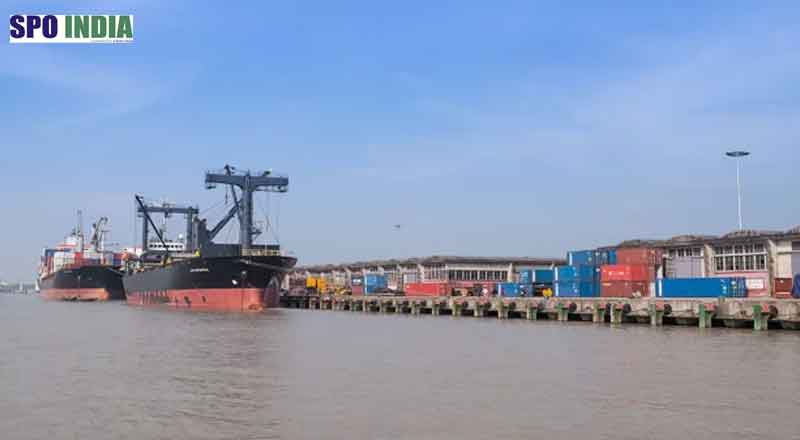- India has clinched the rights to operate a terminal at Bangladesh’s Mongla port, situated in the Indian Ocean.
- This is a significant boost for India’s maritime strategy, particularly as it seeks to counter China’s expanding influence in the region.
- Previously, India secured rights to the Chabahar port in Iran and the Sittwe port in Myanmar.
- China has made substantial investments in port infrastructure from Gwadar in Pakistan to Djibouti in East Africa.
- Despite previous efforts, India’s progress with Chabahar and Sittwe has been slow, primarily due to geopolitical and security challenges.
- The acquisition of the Mongla port terminal reflects India’s broader strategy to enhance its influence over key maritime locations.
- India’s move into Mongla is seen as a strategic response to China’s growing dominance in the Indian Ocean.
In a notable strategic victory, India has clinched the rights to operate a terminal at Bangladesh’s Mongla port, situated in the Indian Ocean. This development is a significant boost for India’s maritime strategy, particularly as it seeks to counter China’s expanding influence in the region.
The details of the deal are still emerging, but it marks India’s third successful attempt to manage overseas ports in recent years. Previously, India secured rights to the Chabahar port in Iran and the Sittwe port in Myanmar. The terminal at Mongla port will be managed by Indian Port Global Limited (IPGL), which is expected to enhance India’s strategic footprint in the Indian Ocean.
The Indian Ocean is a vital region for global maritime trade and is central to China’s Maritime Silk Road initiative. China has made substantial investments in port infrastructure from Gwadar in Pakistan to Djibouti in East Africa. Currently, China is involved in the construction or management of at least 17 ports in the Indian Ocean, with direct involvement in 13 of them. In contrast, Indian ports do not feature among the world’s top 10 ports based on container traffic, while China boasts six ports on that list.
Despite previous efforts, India’s progress with Chabahar and Sittwe has been slow, primarily due to geopolitical and security challenges. C Uday Bhaskar from the Society for Policy Studies in Delhi noted that the development of these ports has been uneven. He expressed cautious optimism about the Mongla deal, suggesting that it could lead to more rapid execution of India’s maritime plans.
The acquisition of the Mongla port terminal reflects India’s broader strategy to enhance its influence over key maritime locations. By managing and building ports, India aims to strengthen its regional security and bolster its position in global maritime trade. Bhaskar highlighted that port management is a form of “port diplomacy,” a strategy China has employed effectively. India’s move into Mongla is seen as a strategic response to China’s growing dominance in the Indian Ocean.
Overall, the deal underscores India’s commitment to expanding its maritime presence and securing its interests in the region, even as China continues to build its influence through extensive port investments.
(With inputs from agencies)





